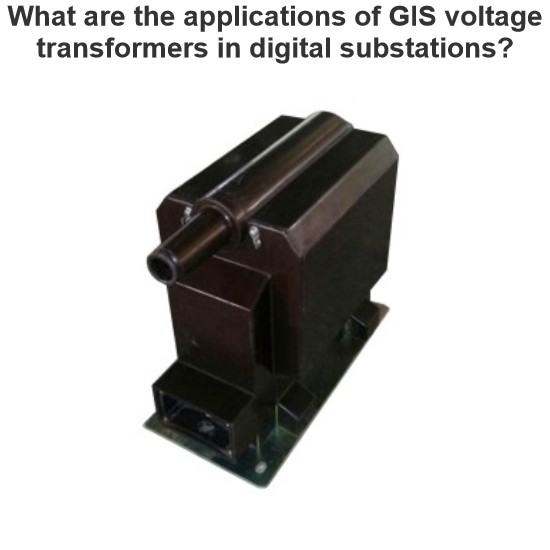Typical sensor and control location in GIS according to IEC 61850

Arrangement and Communication of GIS Control Elements
The positioning of control and communication components in Gas - Insulated Switchgear (GIS) can differ significantly based on the design choices of various manufacturers.
As illustrated in the accompanying figure, a typical configuration of GIS integrating switchgear controllers and communication elements features a circuit breaker controller (CBC) and a disconnector or earth switch controller (DCC) tailored for a three - phase pole setup. The CBC generally employs the logical node XCBR to manage circuit breakers, while the DCC typically utilizes the logical node XSWI for controlling disconnectors or earth switches. Additionally, GIS systems are equipped with sensors designed for monitoring and diagnosing partial discharges, enabling early detection of potential faults.
Functions such as bay control, bay interlocking, and local human - machine interfaces are often incorporated within the GIS control enclosure. These elements work in tandem to ensure seamless operation, enhanced safety, and user - friendly interaction with the switchgear.
Communication between the switchgear controllers and other substation components is established through serial communication links. Regarding the interface point A, it can be located on a section of the relevant communication device (referred to as the “com device”) or directly on the switchgear controllers (either CBC or DCC). For the internal connection type B, as specified in IEC62271 - 1 for switchgear controllers, strict compliance with IEC 61850 - 8 - 1 standards is required. This ensures interoperability and consistent communication protocols across different equipment, facilitating efficient data exchange and coordinated operation within the substation.
The Electricity Encyclopedia is dedicated to accelerating the dissemination and application of electricity knowledge and adding impetus to the development and innovation of the electricity industry.













